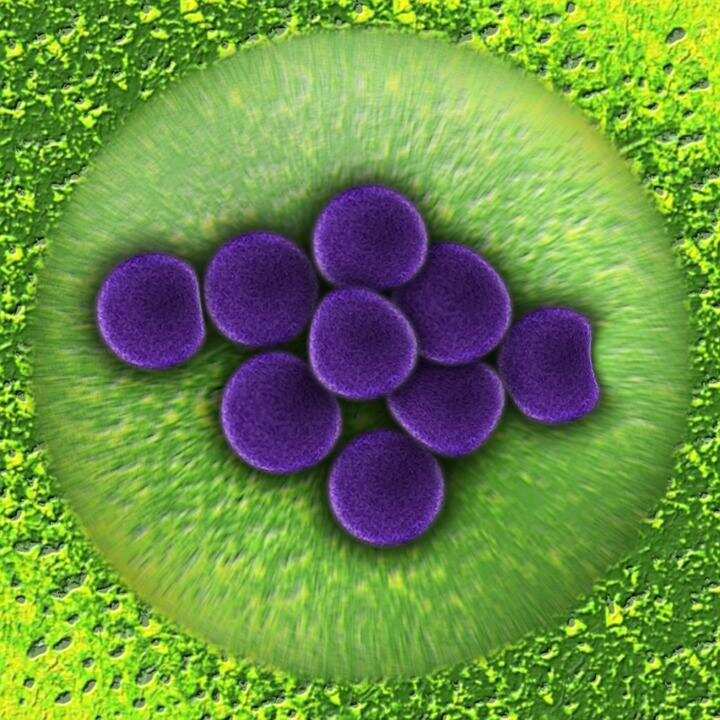The Good, Bad and the Ugly: Know your Germs


In the formative years only, our mothers begin to ward us against the many kinds of germs that surround us. How we resist (or don’t) the effects of these germs sets the base for the many years to come. Thus, all the personal hygiene and eating habits are a way to boost our immunity and defend the body against potential harms like a wound, flu, or more serious infections.
However, not all germs are harmful. Some ‘good’ ones are helpful too. Since the early 20th century, the mankind believes that consuming the bacteriae like the ones living in the body could have health benefits. It was the Nobel prize-winning Russian biologist Elie Metchinkoff who first proposed the concept.
That is how it struck the market giants that it could grant a huge turnover to their industry. Those companies started marketing these microbes. To quote one, lactobacillus is amongst the most common bacteriae, found in curd.
About half our diets depend upon ‘fermenting’. It is a process where we deliberately expose an edible substance to yeast or bacteriae. Bread dough, liquor, pickles, buttermilk, chocolate and cheese would all be non-existent if not for these germs.
A prebiotic is “a selectively fermented ingredient that allows specific changes, both in the composition and/or activity in the gastrointestinal microflora that confers benefits upon host well being and health”.
Also, carefully created combinations of pro- and prebiotics are called synbiotics. Going by the latest findings, bifidogenic, non-digestible oligosaccharides fulfill all the criteria for prebiotic classification. These are dietary fibers with a well-established positive impact on the intestinal microflora. Inulin, its hydrolysis product oligofructose, and (trans)galactooligosaccharides particularly come into this category.
Our body is home to over 100 trillion good bacteriae, which help it function smoothly instead of harming it. “The intestines are a war zone, where beneficial and harmful bacteria are fighting to establish predominance,” says Venket Rao, PhD, emeritus professor of Nutritional Sciences at the University of Toronto. The key to good health is that the good ones outnumber the harmful germs. To give a healthy end to this ‘war’, a regular intake of probiotics can help.
About 3000 species of microbes reside in our intestines, and each one has its own tendencies. Thus, it is difficult to trace out if our probiotic intake is actually benefitting us the way we wanted.
Popping pills thoughtlessly could pose a more serious threat to our health by causing an imbalance in the ratio of good and bad germs in the body. Diarrhoea, tooth decays, eczema, ulcers and many gastrointestinal problems are born this way. Now you know why it’s not wise to have medicines without proper consultation!
It is important to know which habits and dietary supplements maintain the count of bacteriae or strengthen their power. Since bacteriae are live microbes in reality, it is quite a revolutionary step for Americans who are largely germophobic.
Probably owing to that, the U.S. Food and Drug Administration (FDA) hasn’t approved of these products. That means when you buy these items there, you can’t be sure if these are safe and effective. Thus, some more clinical research and studies are expected to be held in the close times to see the benefits and risks linked with the consumption of probiotics.
But as Dr. Shekhar Challa, MD, a gastroenterologist in Topeka, KS, and the author of Probiotics for Dummies, puts it, “Probiotics are the new vitamins.” With this bold statement, he intends to point at how much value we used to give to the intake of vitamins until some years back.
So now, double-check the labels when out for grocery shopping, invest more money and time into prebiotics and probiotics. Understand what the body wants. Give it just that.
.jpg)
